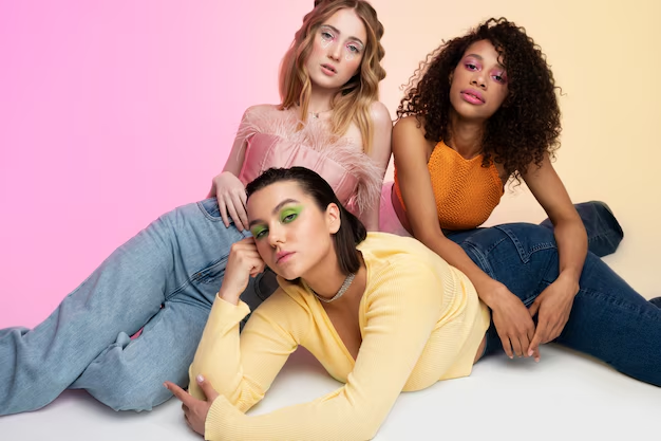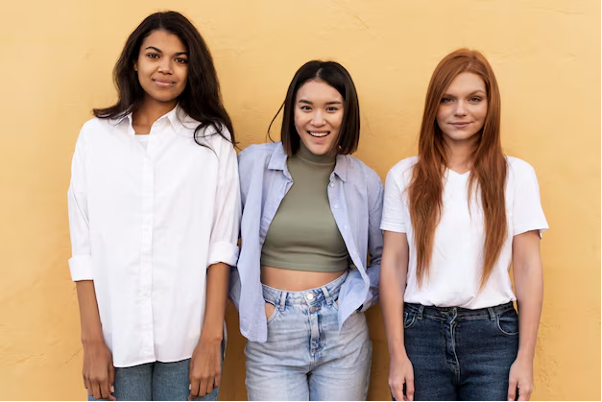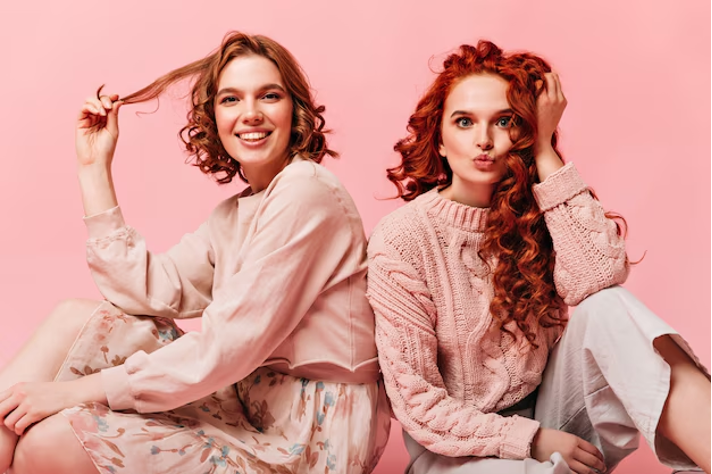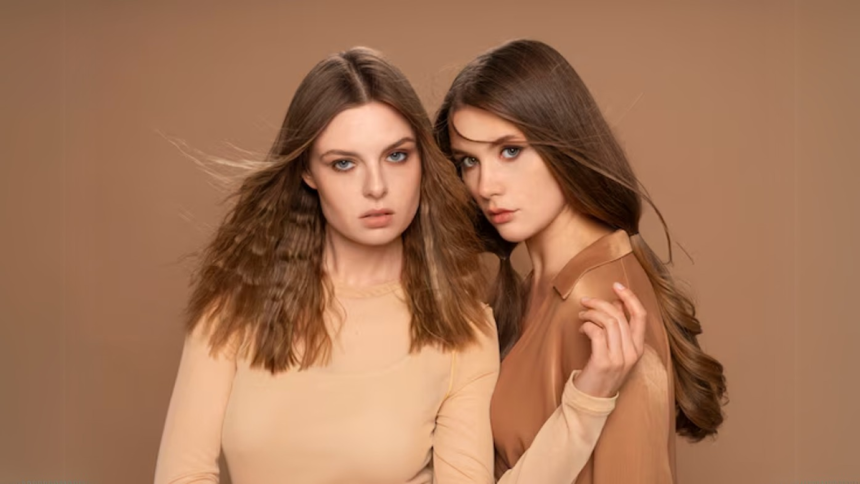Ever wondered why some people just glow in photos while others look washed out? The secret often lies in how well their hair shade matches their skin tone and outfit. Let’s explore how to nail this harmony for stunning portraits.
Your skin undertone holds the key to finding your ideal hair shade. People with warm undertones (golden, yellow, or peachy) shine with honey blonde, copper, or chestnut brown hues. Those with cool undertones (pink, red, or bluish) look fantastic with ash blonde, platinum, or jet black hair.
Not sure about your undertone? Check your wrist veins – bluish veins suggest cool undertones, while greenish ones point to warm undertones. Another trick is jewelry – gold complements warm tones, while silver flatters cool ones. You might also notice how certain clothing colors make you look radiant while others leave you looking tired – this is your skin tone speaking to you.
Three factors to consider when matching hair color to skin:
- Contrast level between your skin and features. High-contrast folks (dark hair with light skin or vice versa) can pull off bold color shifts, while low-contrast individuals look best with subtle changes.
- Eye color as a guide. Your eyes often contain flecks of colors that work beautifully as hair inspiration.
- Natural hair base. Working with your natural shade rather than against it creates more harmonious results and simplifies maintenance.
Your skin tone and hair color relationship impacts how vibrant and healthy you appear in portraits. The wrong match can emphasize skin imperfections or create a washed-out appearance, while the right combination brings your features to life and creates that coveted “glow from within” effect photographers chase.

Coordinating Hair with Outfits for Stunning Portraits
Clothing colors dramatically affect how your hair looks in photos. Navy blue makes blonde hair pop while burgundy enhances red tones. Struggling to visualize the final result? Many people use a color hair change app RetouchMe to preview different combinations before committing to a permanent change.
The magic happens when you understand color theory basics:
- Complementary colors (opposite on the color wheel) create dramatic contrast. Purple outfits make yellow-toned hair stand out beautifully.
- Analogous colors (neighbors on the color wheel) create harmony. Green outfits enhance olive skin and auburn hair combinations.
- Monochromatic looks (variations of one color) create sophisticated elegance. Different browns from clothing to hair create depth without clashing.
These principles help you create portraits where everything – skin, hair, and clothing – works together rather than competing for attention.
Texture also matters. Matte fabrics generally photograph better than highly reflective ones, which can cast unwanted color onto your skin and hair. The neckline of your outfit frames your face and can dramatically impact how your hair color reads in the final image, so consider both the shade and the cut of your clothing.

Seasonal Adjustments and Lighting Considerations
Smart portrait artists know that seasonal changes affect both skin tone and optimal hair color. Summer tans might call for warmer, lighter hair shades, while winter paleness often pairs better with deeper tones.
Lighting conditions transform how hair color appears against skin:
- Golden hour sunlight enhances warm hair tones and gives skin a healthy glow.
- Overcast light flatters cool-toned hair and brings out subtle highlights.
- Indoor fluorescent lighting can make warm hair look brassy and cool hair appear ashy.
Being aware of these lighting effects helps you prepare accordingly. RetouchMe specialists recommend testing your hair color in various lighting conditions before important photo shoots.
Different camera settings and post-processing can also emphasize or minimize the relationship between hair color and skin tone. Warmer white balance settings enhance golden tones, while cooler settings bring out silver and ash notes.
Remember that the goal isn’t perfection but harmony – finding that sweet spot where your hair enhances rather than fights against your natural coloring and chosen outfit. With thoughtful consideration of these relationships, your portraits will capture the best version of you, with everything working together to create a cohesive, flattering image.

Hair color isn’t just about fashion – it’s about enhancing your natural beauty in a way that feels authentic. The right shade can brighten your complexion, draw attention to your best features, and even influence how people perceive your personality. Whether you’re preparing for a professional headshot, planning your wedding look, or simply wanting to refresh your style, taking time to analyze these relationships pays dividends in portraits that truly capture your essence.
Lynn Martelli is an editor at Readability. She received her MFA in Creative Writing from Antioch University and has worked as an editor for over 10 years. Lynn has edited a wide variety of books, including fiction, non-fiction, memoirs, and more. In her free time, Lynn enjoys reading, writing, and spending time with her family and friends.















